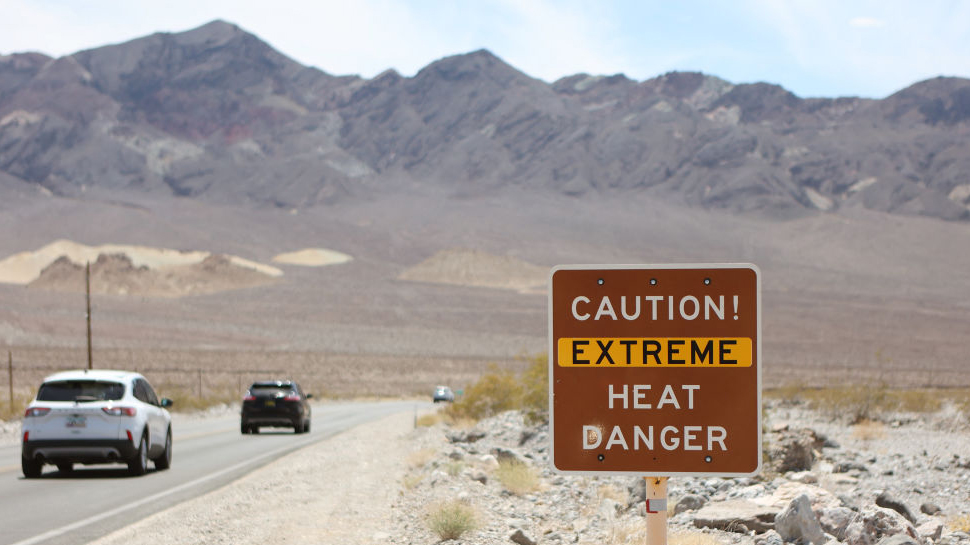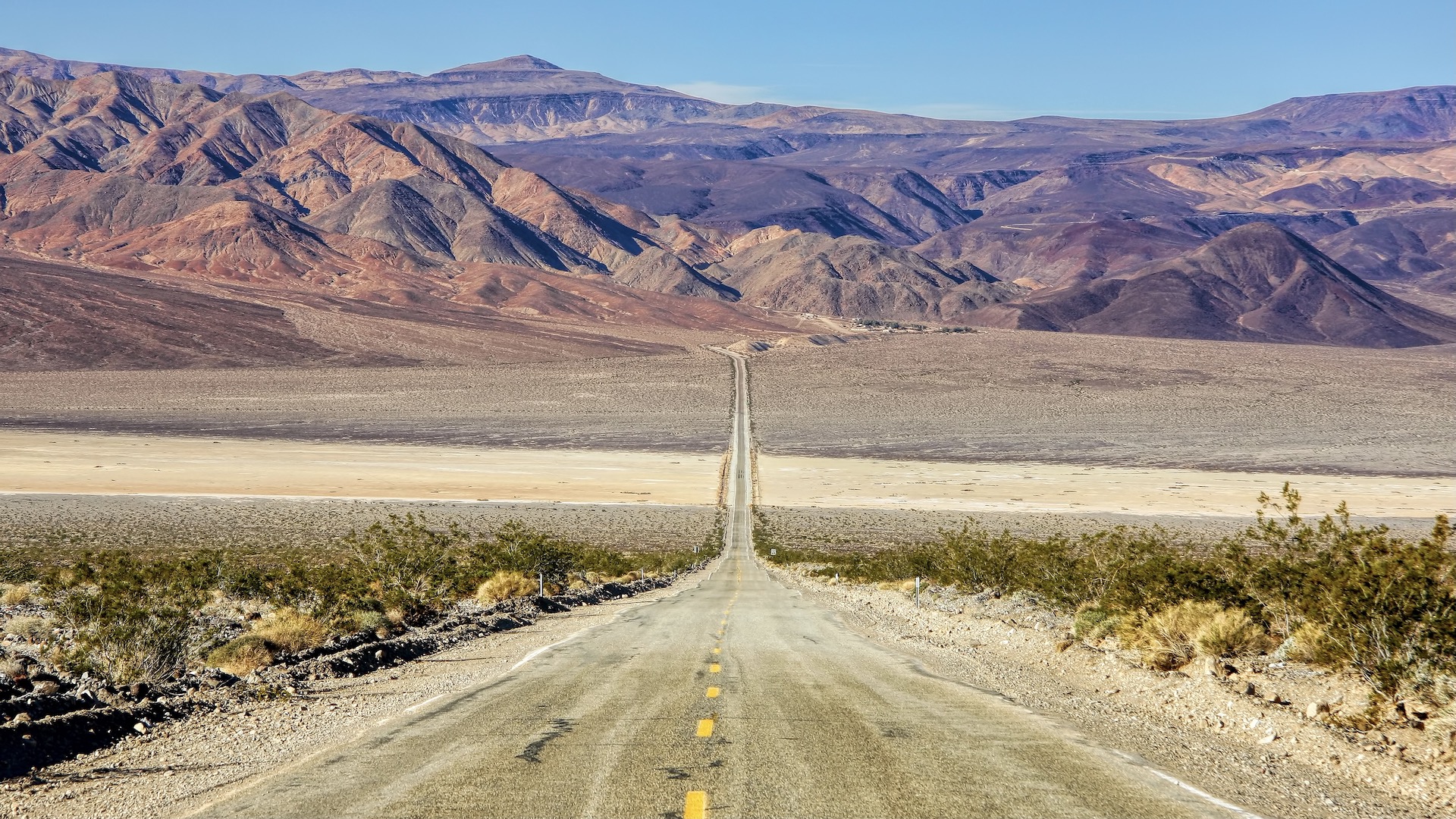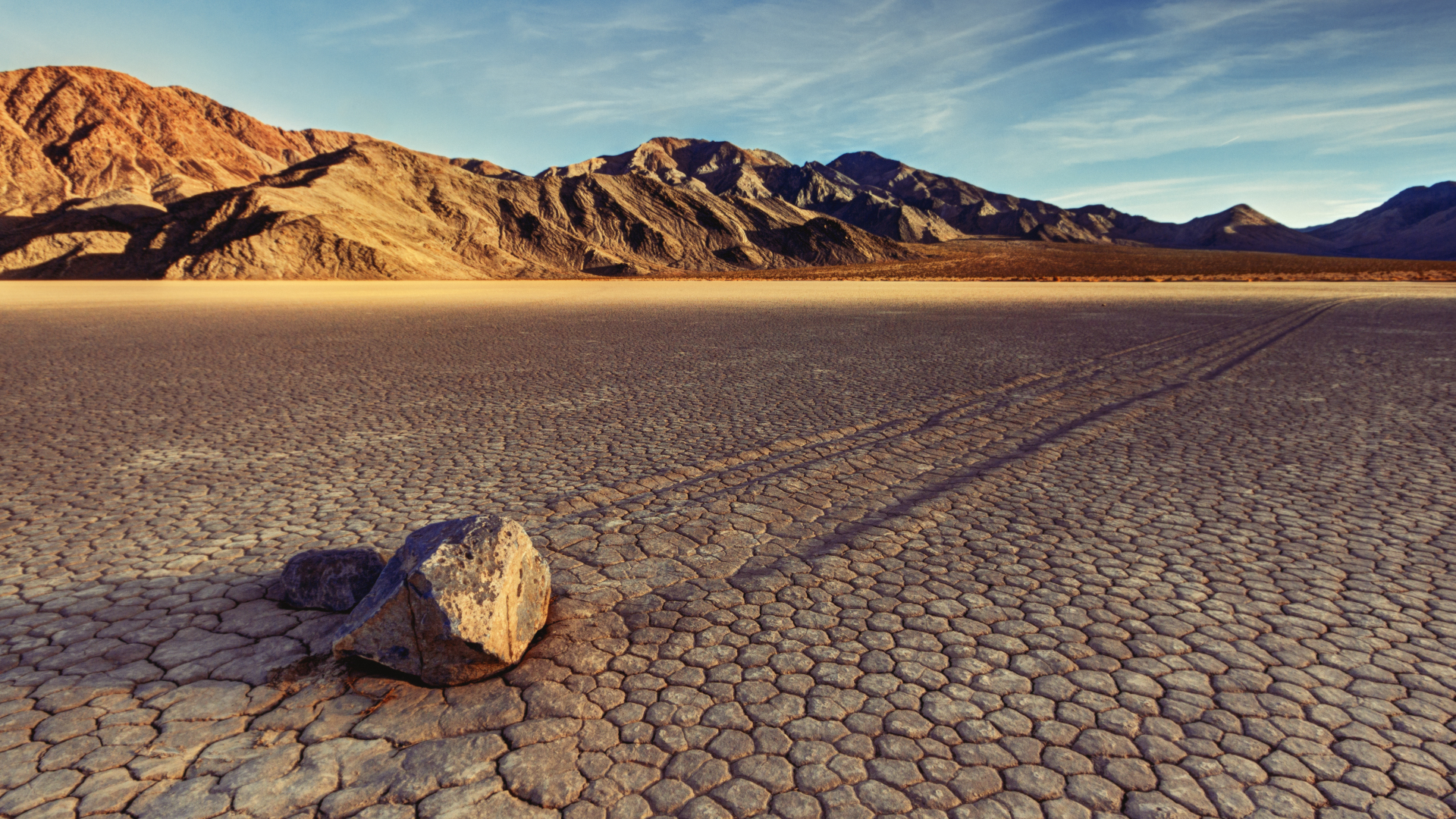
In the early morning of June 19, a truck caught fire while descending the Towne Pass on the California State Route 190 (CA-190). All that remained was a burnt out husk on the side of road. Fortunately the driver escaped unscathed and managed to protect and disconnect the trailer.
Following on from last July's hottest month ever recorded in Death Valley, it should come as no surprise that the hottest place on Earth is still a potentially hazardous place to be. This is particularly true of both its trails and its roads.
Hikers have been known to succumb to its intense heat, while the National Park Service (NPS) recommends only short journeys in an air conditioned car during the summer months. However, it's not just humans that are at risk here but our vehicles too. In the last few years alone, there have been several instances of vehicles catching fire in the national park.

Death Valley National Park is crossed by the CA-190. It's a road that engages in its fair share of challenging climbs and descents. These put an immense strain on already overheated mechanical components, as they try desperately to help the vehicle battle its way across the world's hottest place.
According to the NPS, most fire incidents are caused by overheated brakes while descending steep grades. In 2024 alone, six tractor trailers and one 5th wheel RV caught fire on the road. The situation is so severe that commercial trucks are advised against driving it, while they're banned altogether from other roads in the national park.
Despite the dangers, many truckers still take to the CA-190, as the alternative routes require lengthy detours.
However, it's not cars setting ablaze that is the main cause of fatalities in Death Valley. This is down to single vehicle rollover accidents on the park's long, undulating and winding roads. A deadly rollover incident on the morning of June 13 led to the death of an unnamed man. In May, it's thought failed brakes led to the death of a truck driver who crashed into the historic Emigrant Ranger Station in the national park.
With global temperatures set to rise further, it's likely Death Valley could even become more deadly. This year, temperatures hit 100°F (38°C) on March 25, the third earliest date in history triple digits had been hit here.
Guidance for Death Valley's roads and trails

When it comes to driving in Death Valley National Park, the NPS gives the following guidance:
- Follow all posted speed limits
- Shift to low gears on steep downhill sections
- Always wear your seatbelt
If you are hiking in Death Valley, observe the following safety precautions:
- Avoid the lower elevations when its hot; the mountains are a cooler option during the summer months
- Check the weather forecast before going out using a reliable weather app
- Carry several water bottles or a large hydration bladder and drink plenty of water
- Save strenuous activities for the early morning or evening
- Stay out of the sun, and in an air-conditioned place
- If you have to spend time outside, take frequent rest breaks in shaded or air-conditioned places
- Wear clothing that is lightweight and loose-fitting
If you go hiking – or do any vigorous activity – outdoors during hot weather your body has a built-in cooling mechanism: sweating. However, in extreme heat, your body may be unable to keep up with demand and you'll soon become dehydrated.







